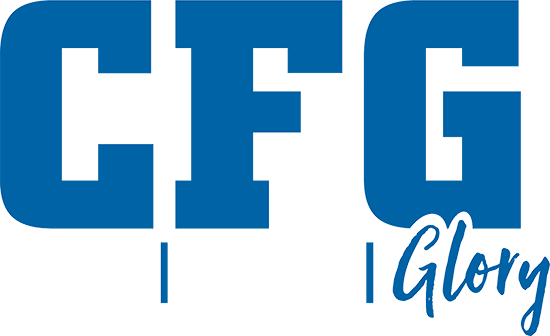In my post titled “Be the Molasses” about getting people to slow down a bit when pulling the bar from the floor, there was this line:
“the whole point in breaking the bar from the floor is to get it to a perfect hang position at the knees. And the whole point in getting the bar to a perfect position at the knees is to get it to a perfect power position…IN THE HIPS!”
I thought that it would be helpful to detail a bit more about what good/optimal positioning is at each of the highlighted spots. After all, since the snatch and the clean are the same thing, this is a way to kill two birds with one stone. You did know that the lifts are the same right? The only difference is that the snatch has a wider grip and finishes overhead. So if you improve how well you hit these three specific positions in the snatch, it’ll carryover to your clean. And vice versa. Ok, onto the juicy stuff now. (Let me be clear about one thing: you can find lifters, even Olympic level ones, that will run counter to every single thing that I’ve written down here. You are likely not that lifter, so don’t try to be that unique snowflake. These positions are nearly universal for everyone. How one gets there may be a (silly) topic for debate amongst coaches, but thats not what this post is for.)
Working from the top down:
- Power Position: focus here is to have weight in the middle of a flat foot (shifting from back to front at this point when you are moving full speed), arms straight and relaxed, torso VERTICAL with shoulders even with or behind the bar. This position helps to ensure that you drive the bar UP your body with your legs, as opposed to out.

2. Hang Position: focus here is to have the weight in the back of the foot so that you can have your shoulders well in front of the bar and maintain tension in the hamstrings. They should feel like bow strings at this point. Shins should be absolutely vertical. If you are forward in the feet, you cannot do this optimally while maintaining good balance. Your arms should be straight, with your lats active to pull the bar back. Your back angle here should be the same as the one you had at the ground.
3. Floor Position: focus here is to have weight in the balls of your feet, NOT your heels. If you sit in the bottom position long enough, you should feel your quads burning. Hips should be set above your knees, and shoulders should be set above your hips. How high each of these elements is in relation to another depends on your specific anthropometry. Shoulders should also be even with or slightly in front of the bar. Your back should be locked tight in extension (not over-extension).
One final tip that has helped a lot of lifters that I’ve worked with in regards to keeping the bar close – from the time you set up at the floor to the tip when the bar comes into your hips in the power position, have your knuckles face the floor. Its impossible to toss the bar out in front of your body if you do this.
Next time you’re in, have someone film you holding each position statically and then have them film you lifting full speed. Then, compare the still shots with what you look like when you really lift. How different are your positions? For most, you will see DRAMATICALLY different positions. Fix those now…with a PVC. Once your PVC lift looks like the still shots, then add weight. Its not about how much weight you lift but rather how well you lift the weight.



